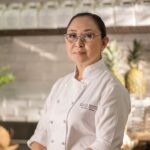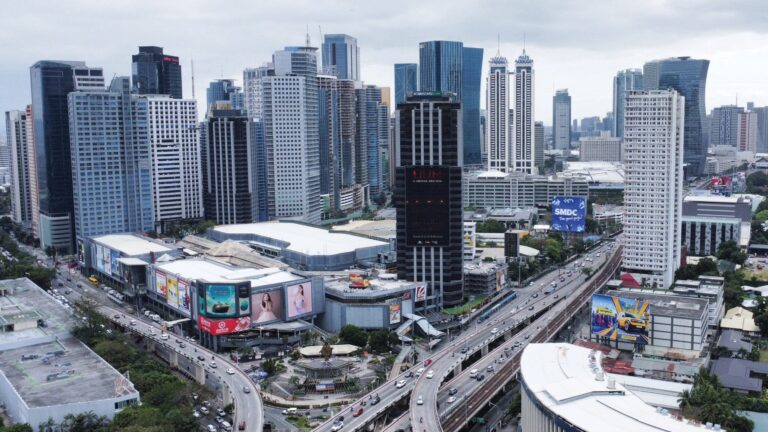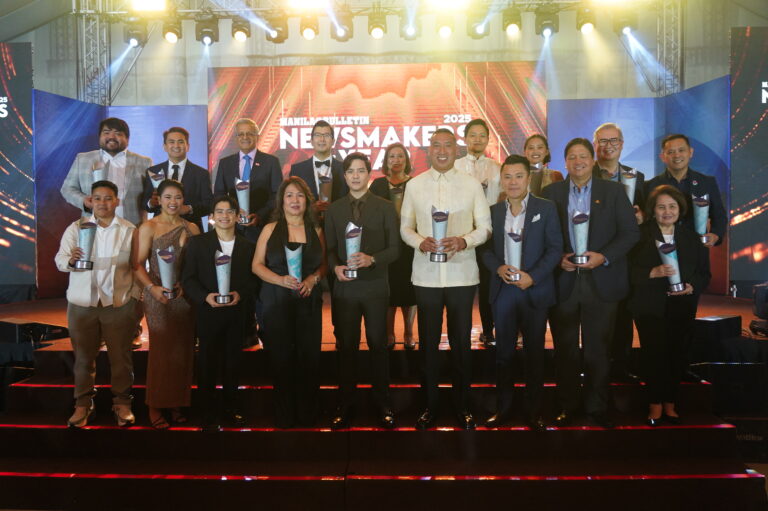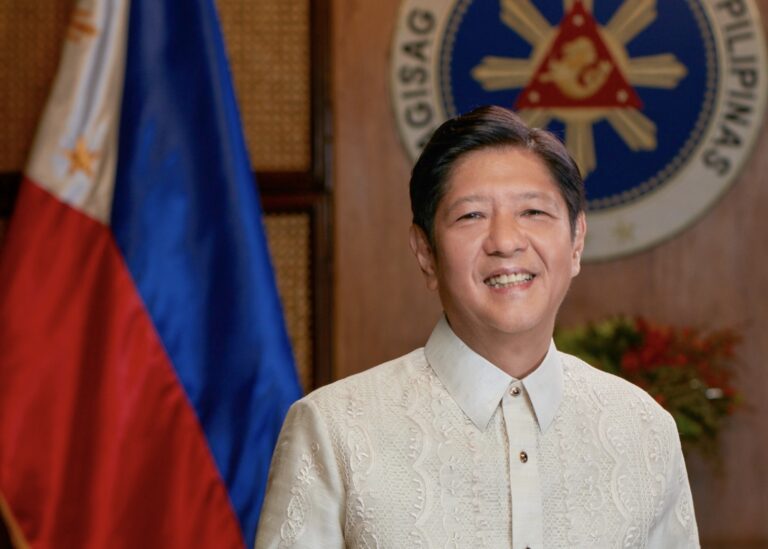More and more of us are wearing our Filipino identity on our sleeves, says fashion designer Lulu Tan Gan when asked how life has improved to mark the 125th year milestone of the Manila BulletinClose to my heart is fashion and I must say that the Philippine fashion scene has improved in several key ways …
More and more of us are wearing our Filipino identity on our sleeves, says fashion designer Lulu Tan Gan when asked how life has improved to mark the 125th year milestone of the Manila Bulletin
Close to my heart is fashion and I must say that the Philippine fashion scene has improved in several key ways over the years now that the indigenous textile sector, local fashion creatives, and small manufacturers and retailers are coming more together.
How is this happening? Let me count the ways.
Increased local appreciation
There’s a growing movement to support local brands, designers, and sustainable practices. The local market of different age brackets takes pride in wearing locally made clothing, especially during events or holidays, embracing our craftsmanship and traditional weaves, modernized and made contemporary.
There’s a growing movement to support local brands, designers, and sustainable practices.
Emergence of sustainability trends
The demand for sustainable and ethical fashion has grown, and many Filipino designers lead the charge by using natural fabrics, promoting zero-waste processes, and advocating for circular fashion.
Collaboration between artisans and designers
More partnerships between designers and local weaving communities or craftspeople help preserve traditional techniques while offering modern interpretations. This also has created jobs in the surrounding communities.
Government and private sector support
Institutions like the Department of Trade and Industry (DTI) and the Office of the First Lady provide funding and platforms for emerging artisans and creatives. Private fashion schools, fashion shows, bazaars, and design competitions have become more common, creating more platforms for exposure and offering young creatives opportunities to refine their skills and learn business strategies.
Digital platforms and social media
Social media and online marketplaces have democratized access to the fashion market, allowing even small designers to reach global audiences and consumers.
Cultural renaissance
There’s a renewed focus on storytelling through fashion, with many designers weaving Filipino history, culture, and traditions into their collections.
The Philippine fashion industry continues to evolve, balancing innovation with cultural preservation, and carving out a stronger position both locally and globally.






